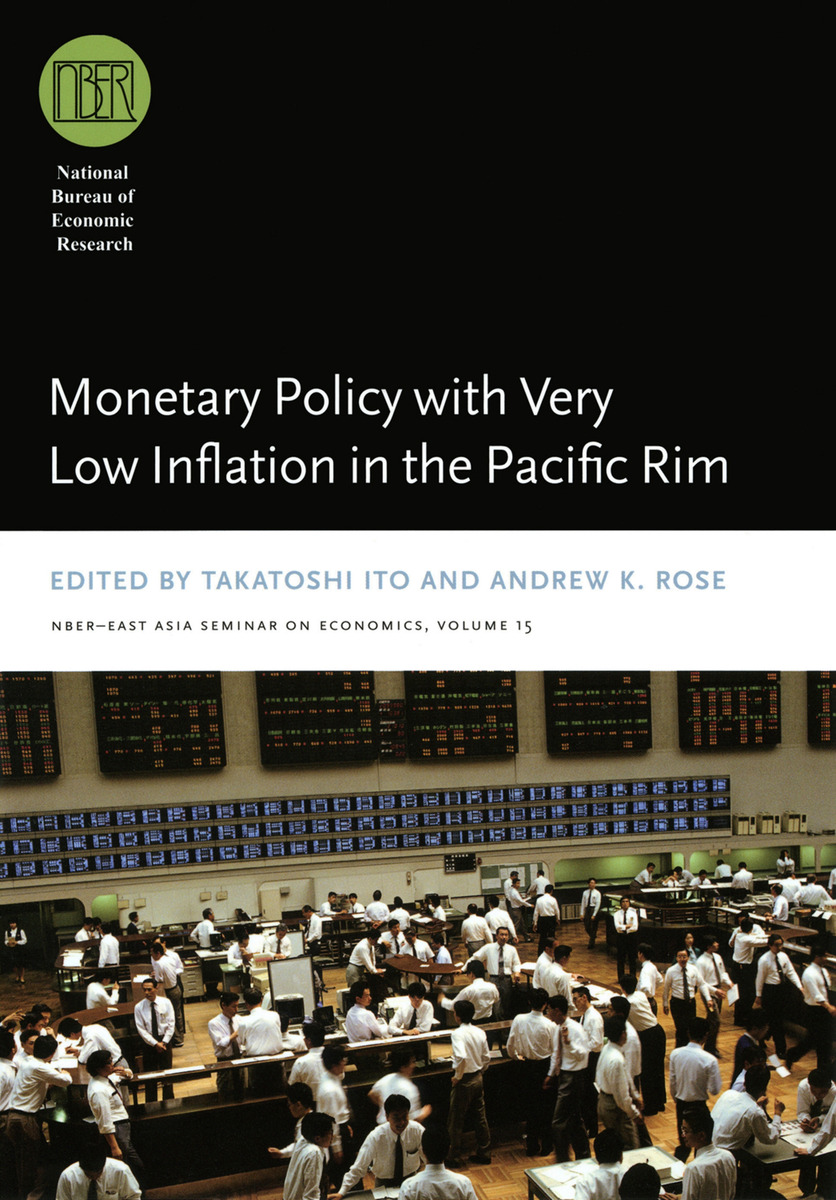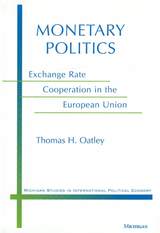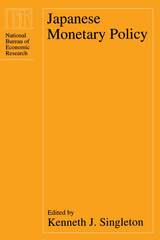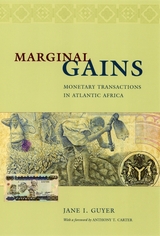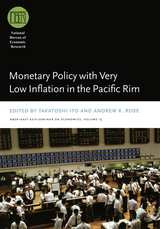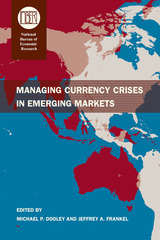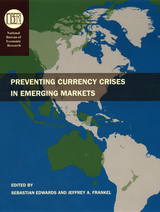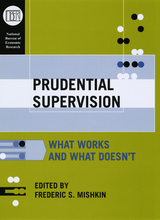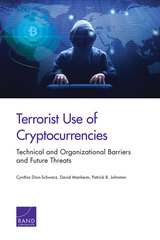Monetary Policy with Very Low Inflation in the Pacific Rim
University of Chicago Press, 2006
eISBN: 978-0-226-37901-2 | Cloth: 978-0-226-37897-8
Library of Congress Classification HG1480.7.M662 2006
Dewey Decimal Classification 339.53091823
eISBN: 978-0-226-37901-2 | Cloth: 978-0-226-37897-8
Library of Congress Classification HG1480.7.M662 2006
Dewey Decimal Classification 339.53091823
ABOUT THIS BOOK | AUTHOR BIOGRAPHY | TOC | REQUEST ACCESSIBLE FILE
ABOUT THIS BOOK
Extremely low inflation rates have moved to the forefront of monetary policy discussions. In Asia, a number of countries—most prominently Japan, but also Taiwan and China—have actually experienced deflation over the last fifteen years. Monetary Policy with Very Low Inflation in the Pacific Rim explores the factors that have contributed to these circumstances and forecasts some of the potential challenges faced by these nations, as well as some potential solutions.
The editors of this volume attribute low inflation and deflation in the region to a number of recent phenomena. Some of these episodes, they argue, may be linked to rapid growth on the supply side of economies. Here, inadequate demand policy can produce what is referred to as a "liquidity trap" in which the expectation of falling prices encourages agents to defer costly purchases, thereby discouraging growth. Low inflation rates can also be traced to the presence of a "zero-lower bound" on interest rates, as well as the inflation-targeting phenomenon. Targets have been set so low, the editors argue, that in some cases a few bad shocks lead to deflation.
The editors of this volume attribute low inflation and deflation in the region to a number of recent phenomena. Some of these episodes, they argue, may be linked to rapid growth on the supply side of economies. Here, inadequate demand policy can produce what is referred to as a "liquidity trap" in which the expectation of falling prices encourages agents to defer costly purchases, thereby discouraging growth. Low inflation rates can also be traced to the presence of a "zero-lower bound" on interest rates, as well as the inflation-targeting phenomenon. Targets have been set so low, the editors argue, that in some cases a few bad shocks lead to deflation.
See other books on: Inflation (Finance) | Ito, Takatoshi | Monetary policy | Money & Monetary Policy | Pacific Area
See other titles from University of Chicago Press
